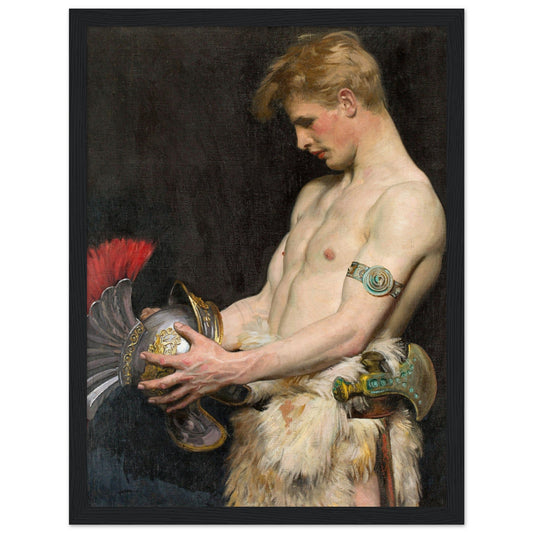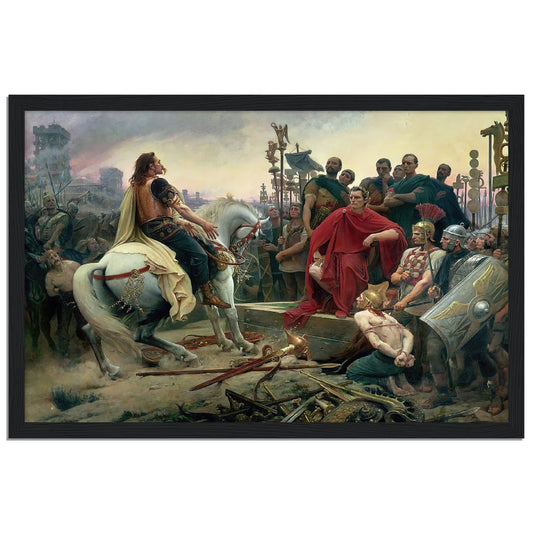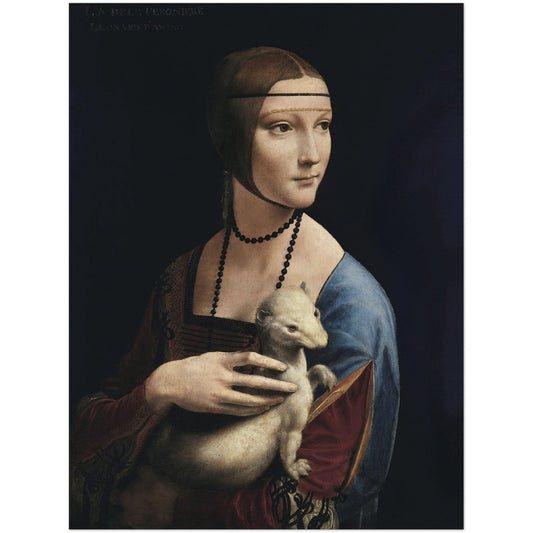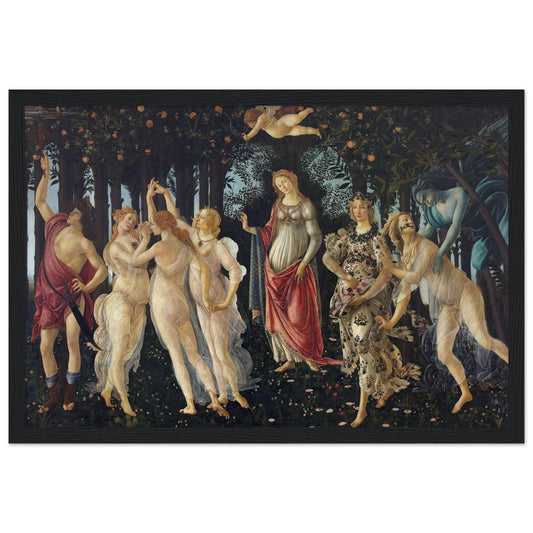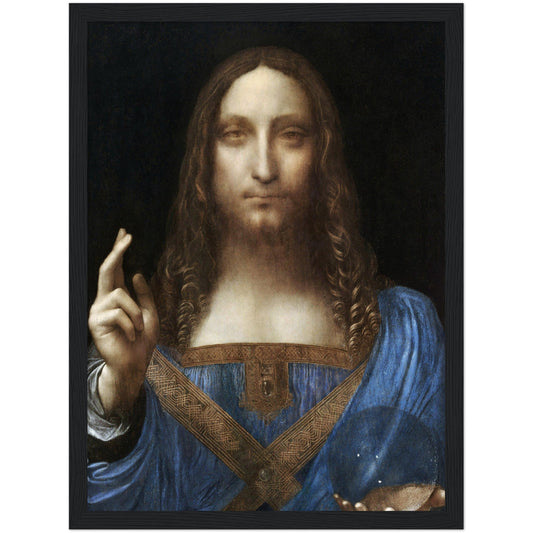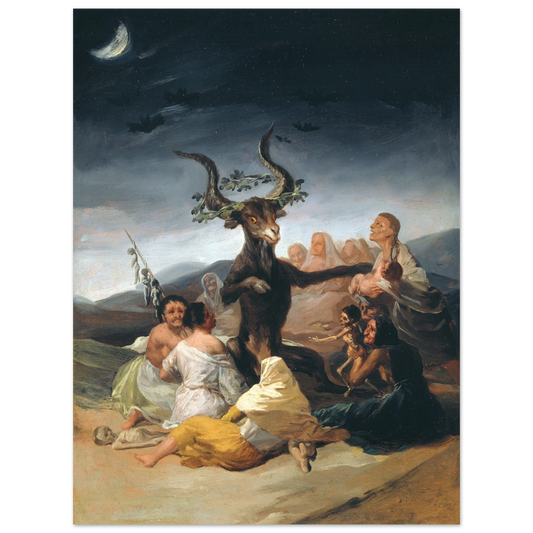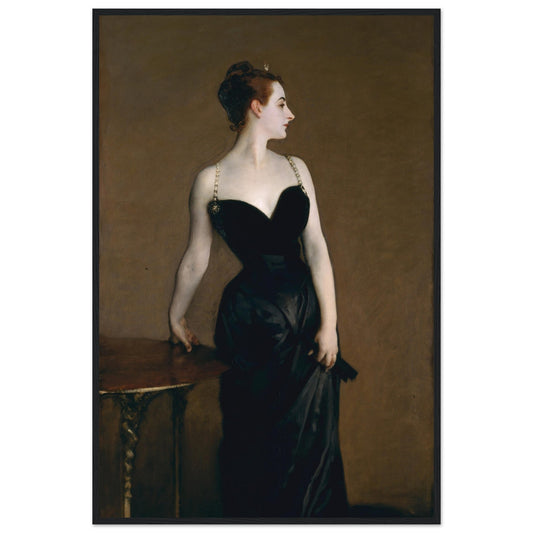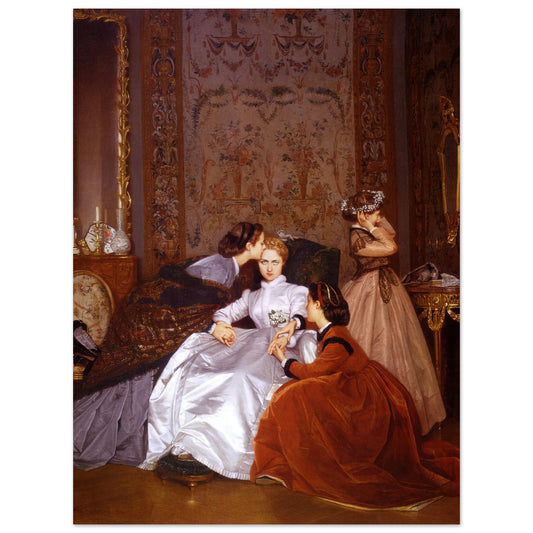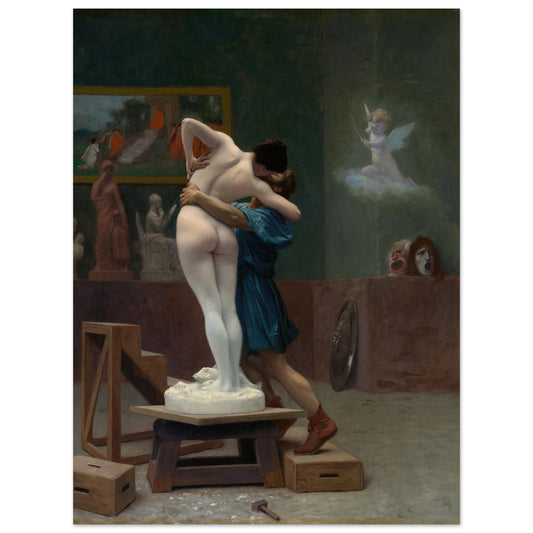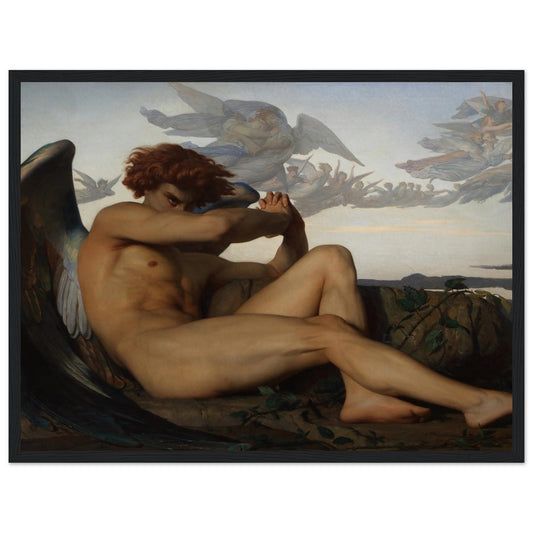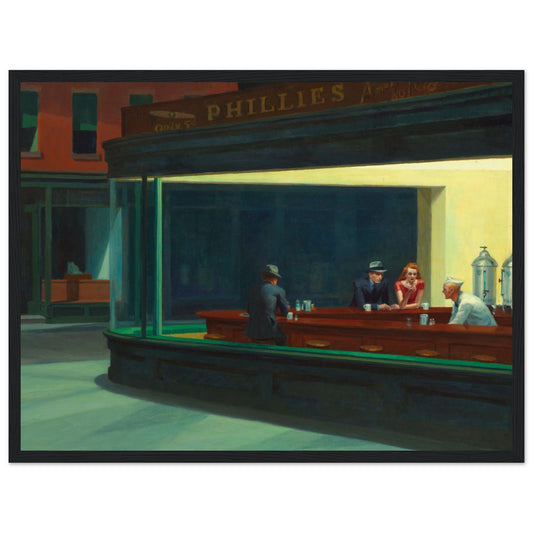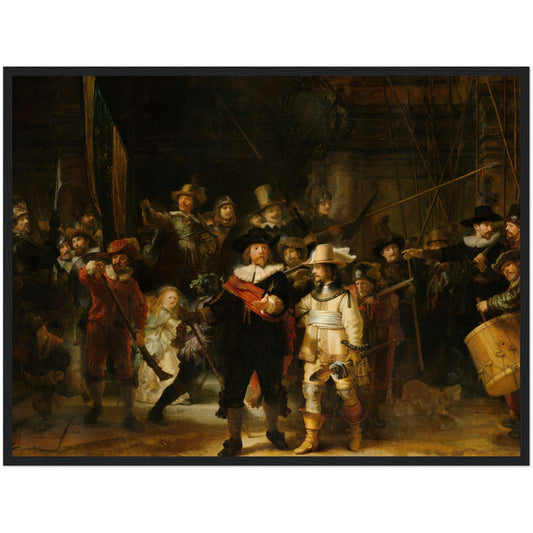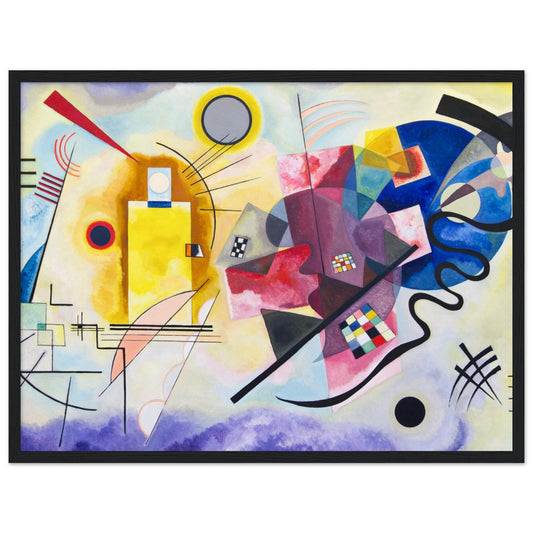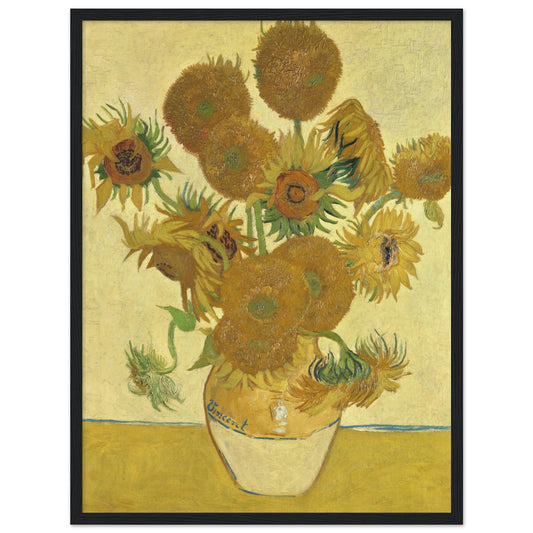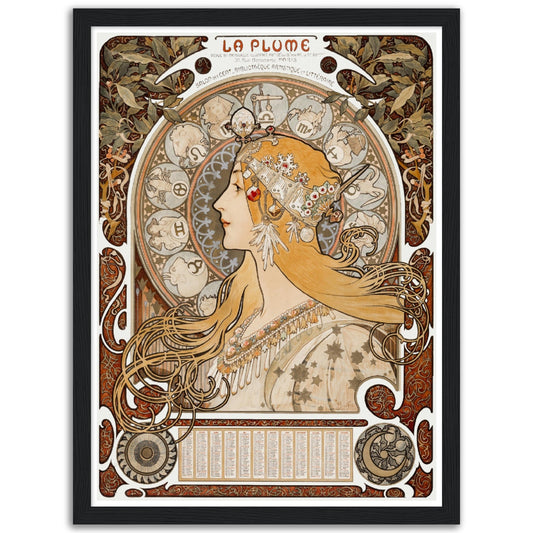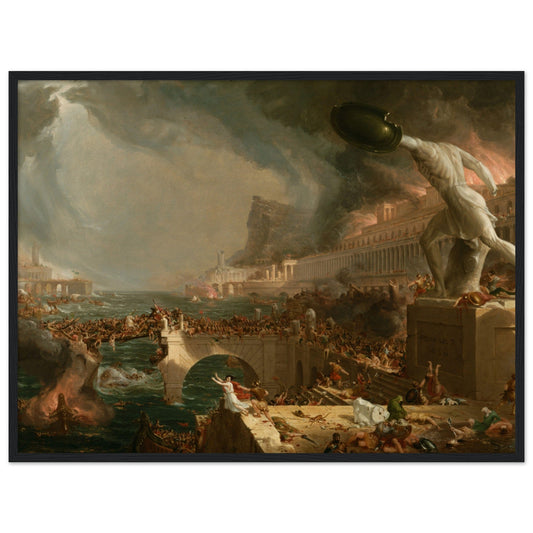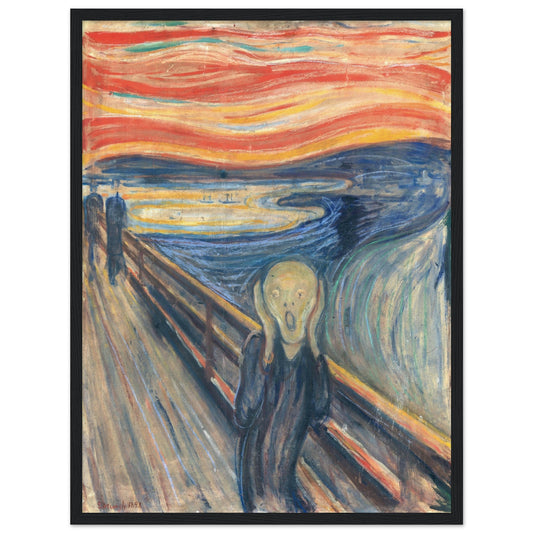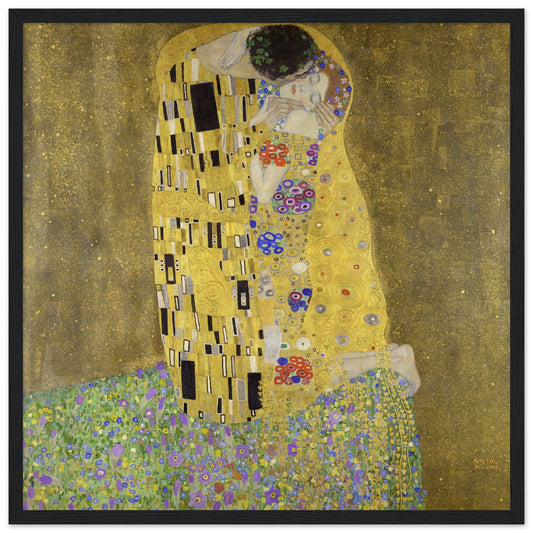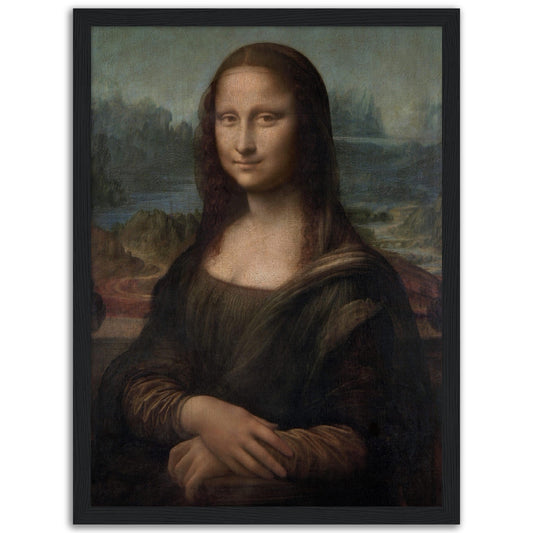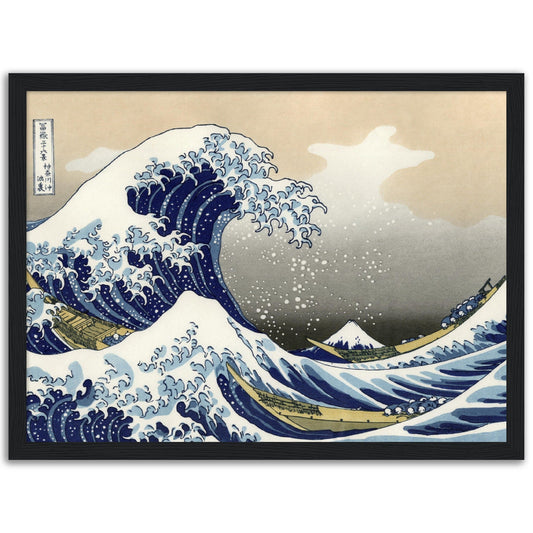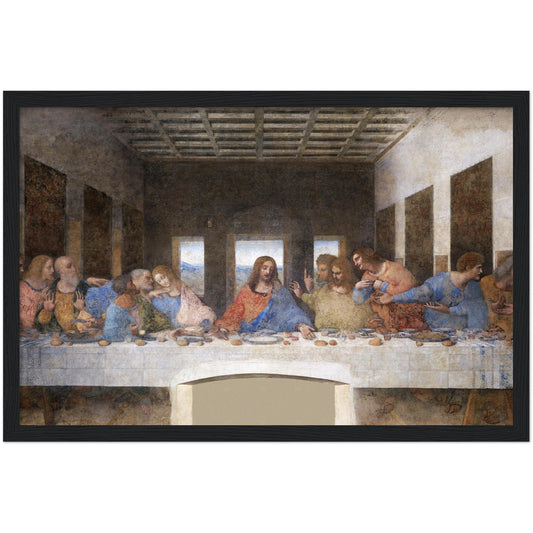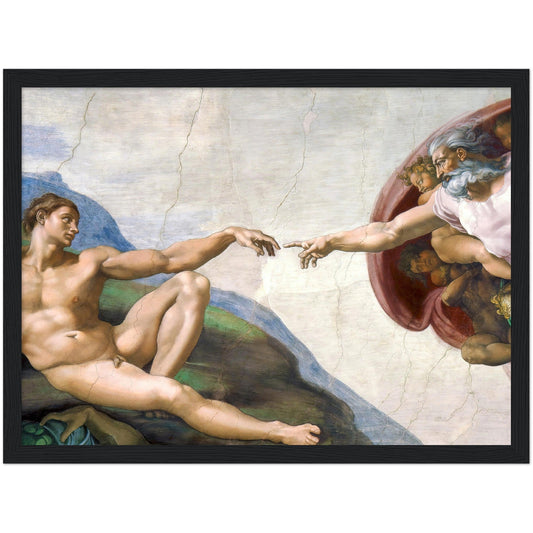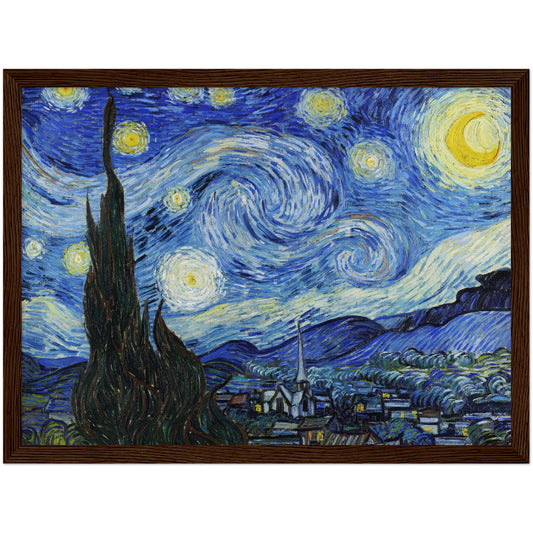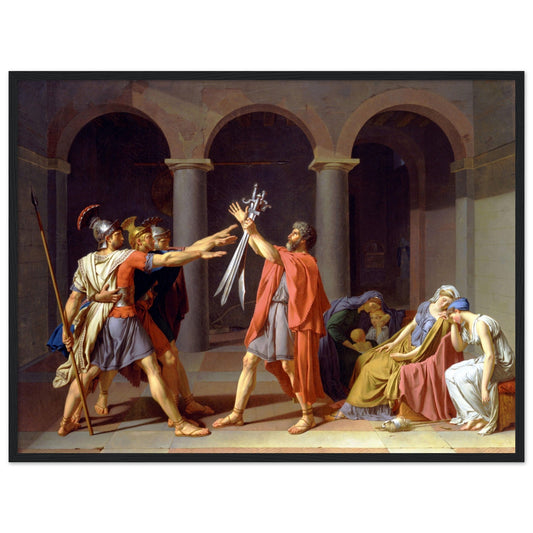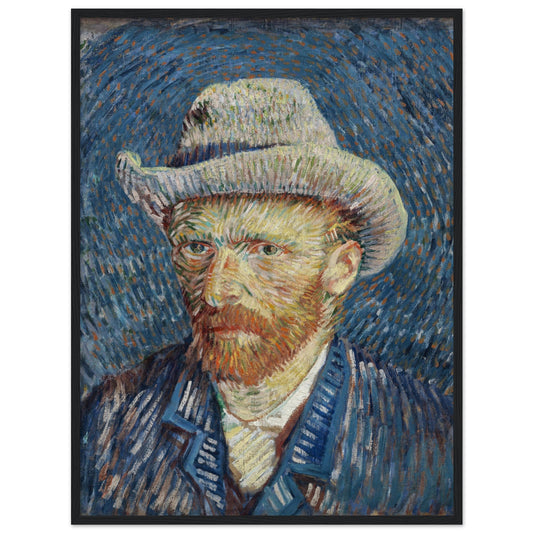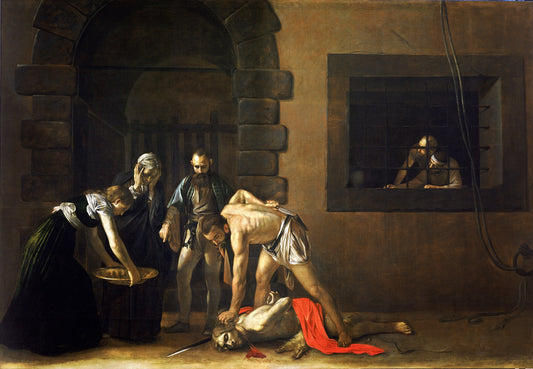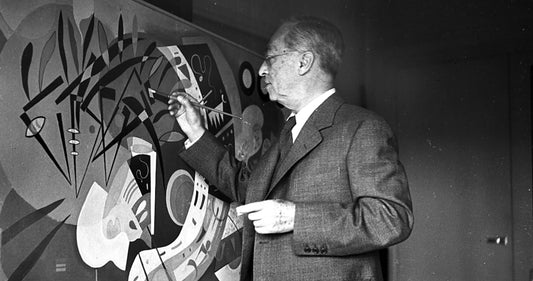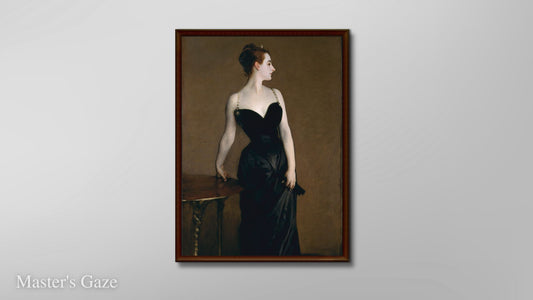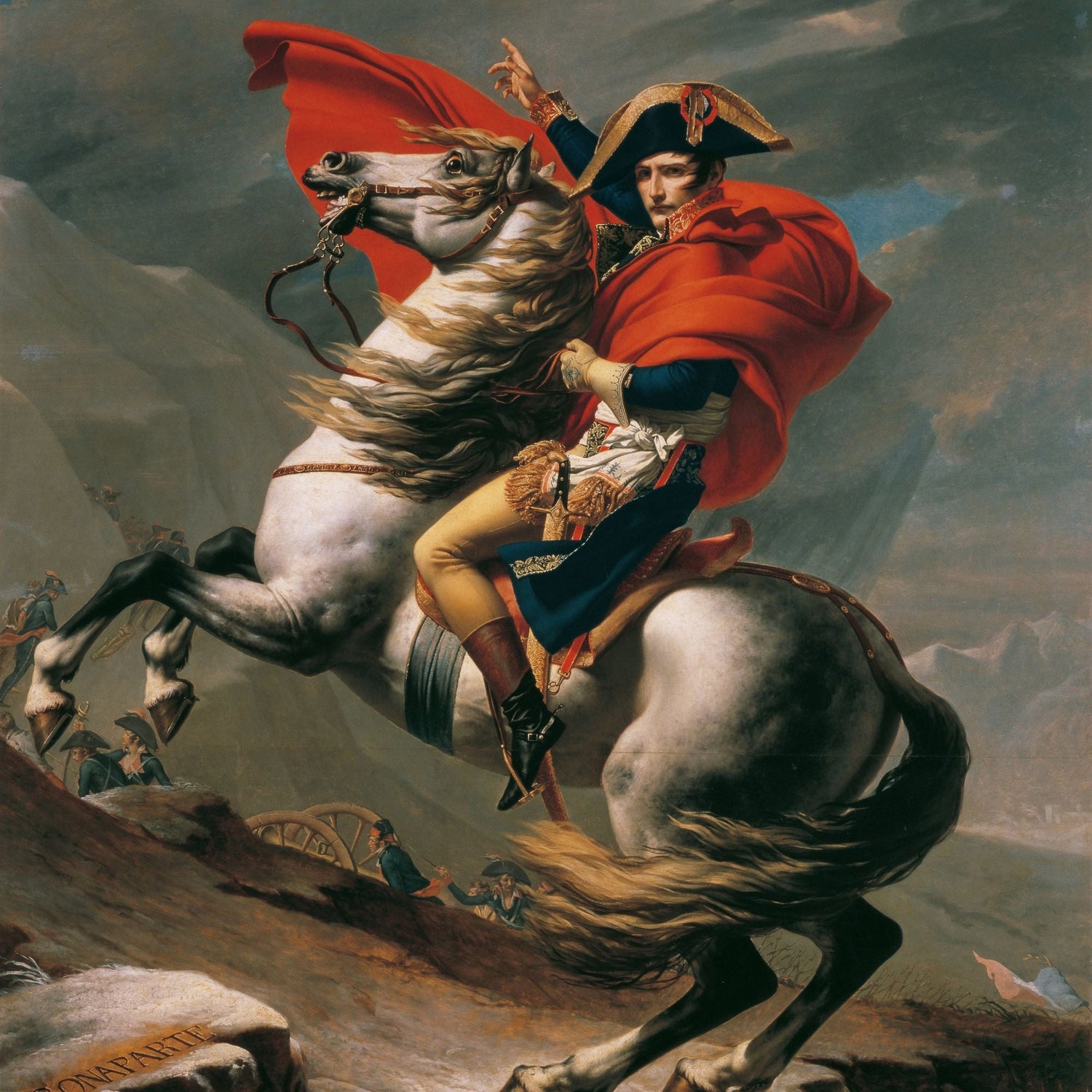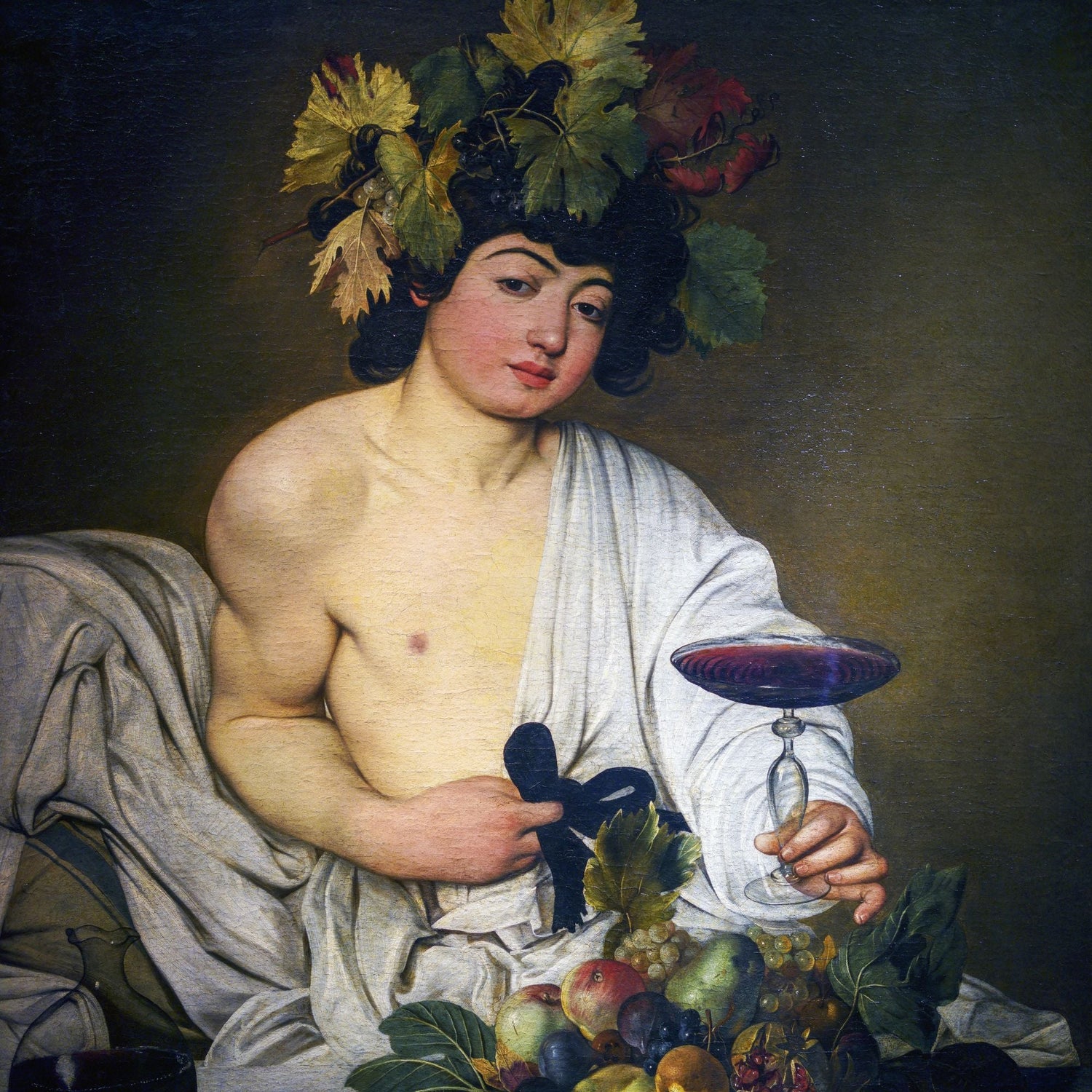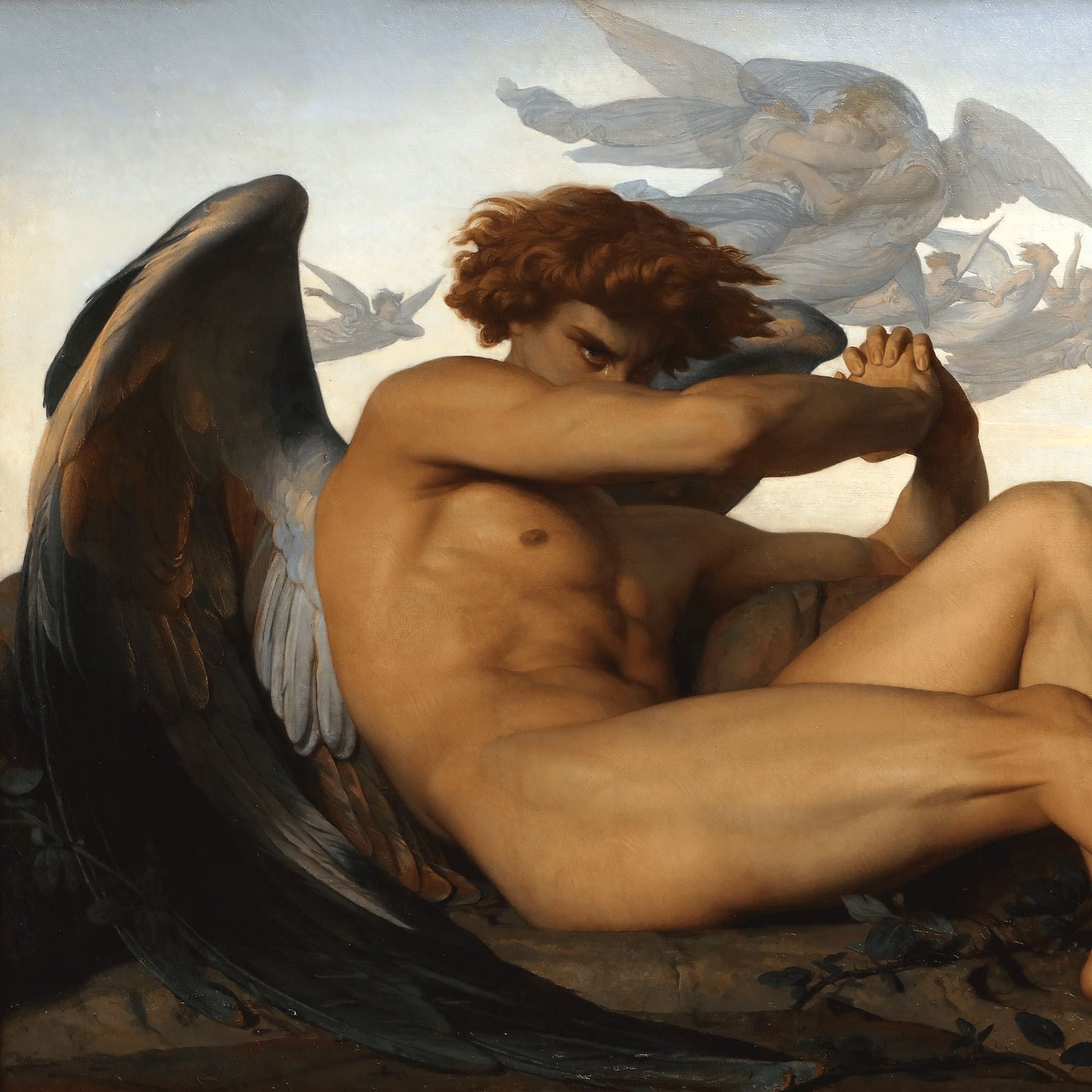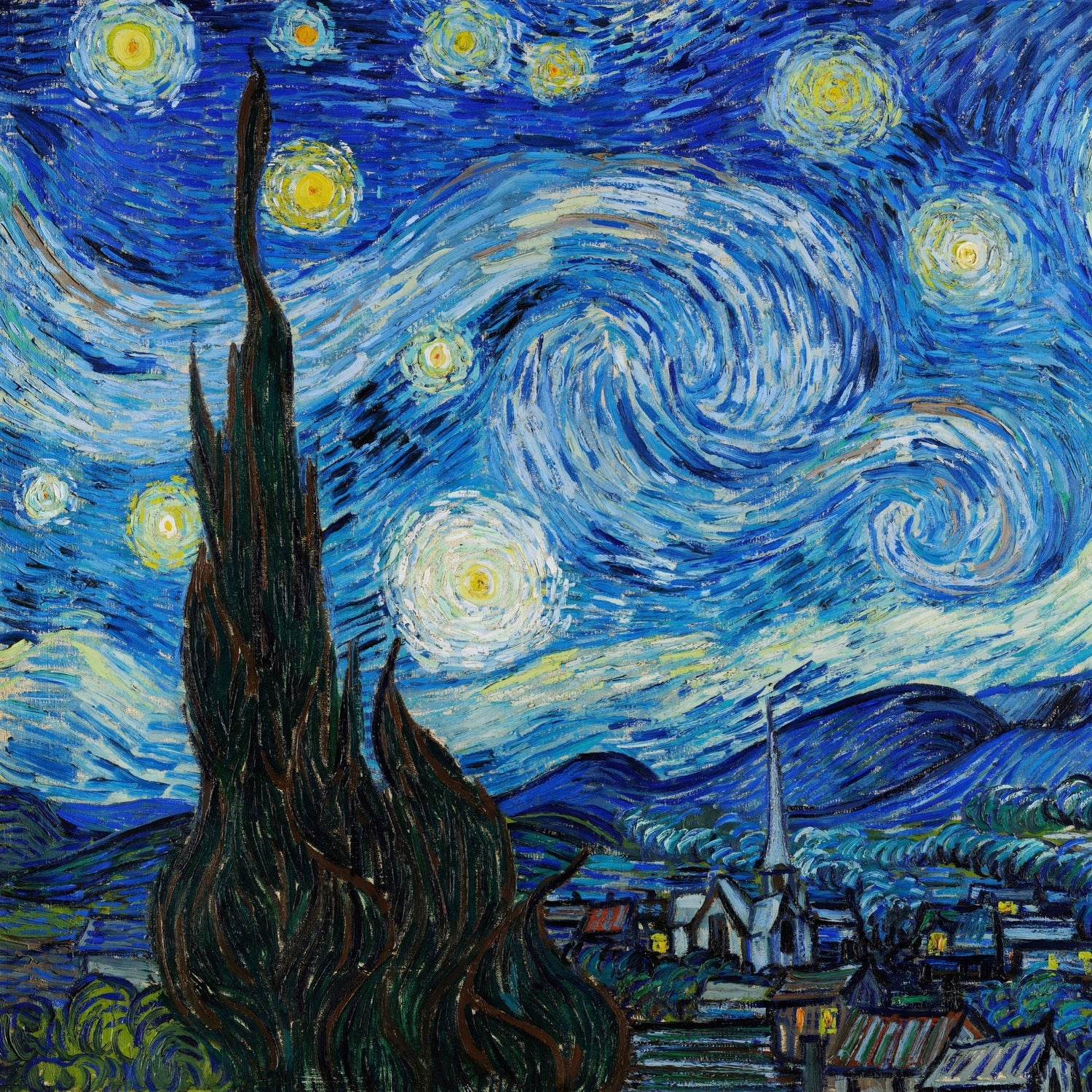The Battle of Anghiari, painted by Leonardo da Vinci was a fresco of immense size and complexity. This work represents a brushstroke challenge, since another great artist had to produce a fresco, the great Michelangelo, on the wall opposite the one assigned to Leonardo. The most terrible thing was that this work disappeared over time. But perhaps it still exists and scholars have proof of it.
Why hasn't this fresco reached us? How do we know this work if it is lost? Who won the challenge between Michelangelo and Leonardo?
In this episode, we will answer these and other questions about the battle of Anghiari.
If you want, you can check the video we made about this topic, by clicking this image:
Table of Content:
- Intro
- Michelangelo VS Leonardo: The Challenge
- A new technique
- The copies
- New Discoveries
- Conclusion
Intro
In April 1503 the gonfalonier Pier Soderini wanted to decorate the hall of the five hundred in the old palace. At that time Leonardo da Vinci returned to Florence, after years of stay in Milan where he produced works of great beauty such as the last supper, the lady with an Ermine, and the Virgin of the Rocks.
The Gonfaloniere, taking advantage of his presence, commissioned him to decorate an entire wall, in particular, he had to remember the moment in 1440 when the Florentine army had won against the Milanese one, in the battle of Anghiari. The work was to represent the concept of republican "libertas", through victories against enemies and tyrants.
In 1503 another artist was also present in Florence, Michelangelo who had just finished one of his greatest masterpieces, David.
Favored by the situation of having two of the greatest Florentine artists of the time, the Gonfaloniere commissioned the second wall to be decorated by Michelangelo, commissioning another battle in which the Florentine army prevailed.
Michelangelo VS Leonardo: The Challenge
Leonardo and Michelangelo didn’t get along too well. Let's remember that Michelangelo represents 'the new generation of artists, as he is younger.
There were episodes where they made fun of each other.
In a very famous episode, the two met in front of a block of marble. Leonardo said that the sculptor Michelangelo was not a true artist, as he worked with his muscles while he painted reflecting with his head. Michelangelo replied by saying that "muscular work should be left to the young because they are more robust". Leonardo, not intimidated, took an iron rod and forcefully bent it, then threw it at Michelangelo's feet and told him to fix it if he was that strong.
Michelangelo replied "Why should I straighten the things you do wrong?" and walked away.
A new technique
The challenge had begun, and Leonardo made several preparatory studies to represent the work in a unique way. He managed to draw a scene of a violent clash of horses and a furious battle of men fighting for victory.
Giorgio Vasari in his book Lives of the Most Excellent Painters, Sculptors and Architects praised the masterly way in which Leonardo had put this scene on paper:
"It would be impossible to express the inventiveness of Leonardo's design for the soldiers' uniforms, which he sketched in all their variety, or the crests of helmets and other ornaments, not to mention the incredible skill he demonstrated in the shape and features of the horses, which Leonardo, better than any other master, created with their boldness, muscles and graceful beauty."
This painting had to be his greatest work, not only that, it also had to be better than Michelangelo's.
Having had a bad experience with mural painting in the Last Supper, he continued to look for a way to paint on walls without using the fresco technique, since with this the application of color had to be rapid, while Leonardo liked to work very slowly.
From Pliny the Elder's "Historia naturalis" he recovered "encaustic painting", which is an ancient technique dating back to the Greeks. which is based on the use of colors mixed with wax through heat, which Leonardo adapted to his needs.
How does the encaustic technique work?
The technique was based on mixing the colors with the melted wax, when it was applied to the surface, it was dried through the heat of a fire placed nearby. Leonardo made some tests on small portions of the wall, giving positive results. So confident that he had found a better technique than the one used at the Last Supper, he began applying the cartoon drawing to the wall.
To succeed in the enterprise, he designed a scaffolding to allow cauldrons to be lifted so that they could be placed near the spread colors even at high points.
However, the vastness of the work did not allow it to reach a sufficient temperature to dry the colours, which dripped onto the plaster, also tending to fade, if not disappear completely. In December 1503 the artist thus interrupted the transfer of the painting from the cardboard to the wall, frustrated by the failure.
Paolo Giovio saw the remains of the painting and left a vivid description of it in his life of Leonardo: «A battle remains in the council chamber of the Florentine Signoria, magnificent but unfortunately unfinished due to a defect in the plaster which rejected the colors with singular obstinacy dissolved in walnut oil. But regret for the unexpected damage seems to have extraordinarily increased the charm of the interrupted work»[3].
Even Michelangelo never completed his fresco, but this is another story that perhaps we will tell in the future.
The copies
In reality, despite the disasters, the work had been largely completed, in fact, Leonardo had worked on it for a full year with six assistants. Despite the damage in the upper part, therefore, this Battle of Anghiari remained on display in Palazzo Vecchio for several years; many saw it.
Vasari was commissioned to restore the Hall of the five hundred, making sure that the works of Michelangelo and Leonardo were no longer visible.
We have a partially complete idea of the work that was, from the preparatory drawings that Leonardo made and from some artists who copied it. The most famous copy was that of Rubens who however painted only the central part.
New Discoveries
Cosimo I de Medici, as mentioned earlier, had Vasari restore the hall by having him paint six frescoes, symbols of the power of the Medici: on one side the taking of Siena and on the other the defeat of Pisa.
Obviously, all these modifications could have destroyed Leonardo's masterpiece, but it is also true that Vasari had great admiration for Leonardo and that perhaps he would not have dared to destroy one of his works.
We can cite the emblematic and in some ways analogous case of the Trinity by Masaccio in Santa Maria Novella: although the work was widely praised by Vasari in the Lives, he, called to update the decoration of the church, did not hesitate to cover the fresco with a modern altar and a new altarpiece; however, the work was not destroyed, in fact it was possible to recover it in 1860.
It can, therefore, be assumed that Vasari attempted, in some way, to maintain the painting, perhaps by covering it.
Exploratory essays have been made and it has emerged that below the painting by Vasari, there is a second wall. However, surveys have not yet revealed whether the two walls are leaning against each other or whether a small empty space has been left, a cavity, which would protect Leonardo's painting.
The results of an investigation carried out by a National Geographic team seem to have revealed traces of pigments underlying the Vasari fresco, compatible with the colors used by Leonardo in other works.
A further detail that ignited various fantasies derives from the fresco by Vasari dedicated to the Victory of Cosimo I in Marciano in Val di Chiana, in the same hall: among the many painted green flags there is one that bears a white inscription « SEEK FIND». The inscription, which is difficult to read by an observer because it is located very high up, is contemporary with the painting, and this suggests that it was affixed by Vasari himself, and strangely it does not follow the folds of the flag. Could it be a suggestion from Vasari, publicly saying that Leonardo's work is still intact under his painting?
Conclusion
Perhaps one-day research and tests will be able to tell us with certainty whether Leonardo's work is still with us or has been lost forever, meanwhile, we can enjoy the copies that Rubens and other anonymous artists offer us.


